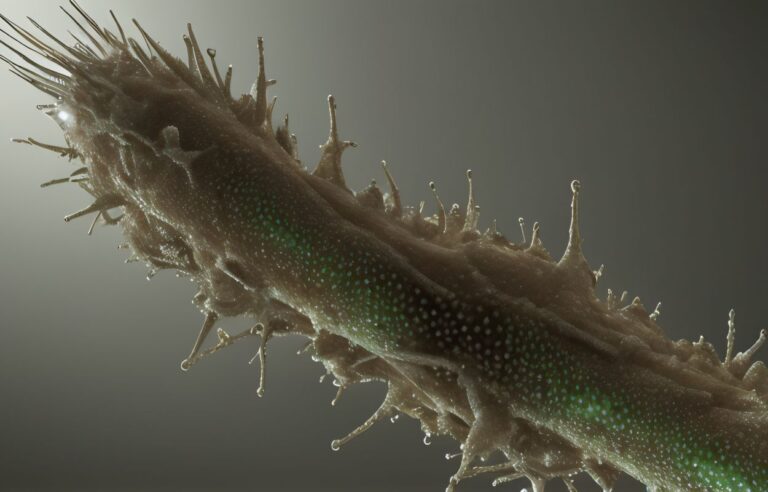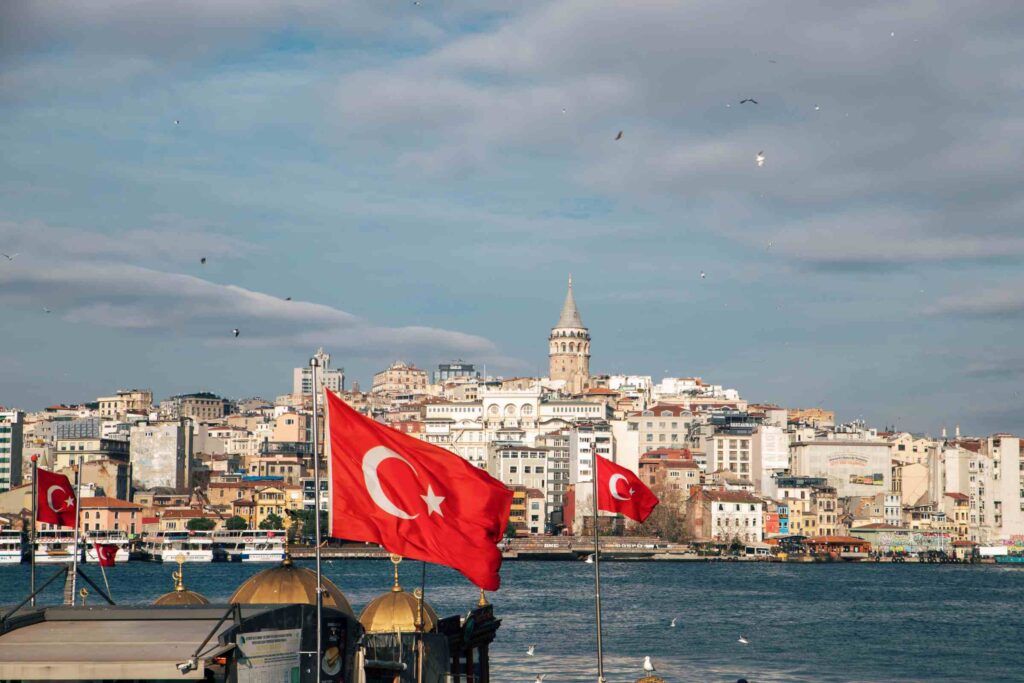Marburg Virus Disease (MVD) is a rare but severe hemorrhagic fever affecting both humans and non-human primates. First identified in 1967 during simultaneous outbreaks in Marburg and Frankfurt, Germany, and Belgrade, Serbia, the virus was traced back to African green monkeys imported from Uganda. The Marburg virus is a member of the Filoviridae family, which also includes the Ebola virus.
Transmission and Symptoms
The primary natural hosts of the Marburg virus are fruit bats of the Pteropodidae family. Human infection occurs through prolonged exposure to mines or caves inhabited by these bats. Once transmitted to humans, the virus spreads via direct contact with the blood, secretions, organs, or other bodily fluids of infected individuals, as well as through surfaces and materials contaminated with these fluids.
The incubation period ranges from 2 to 21 days. Initial symptoms are abrupt and include high fever, severe headache, and malaise. Muscle aches and pains are common. By the third day, patients may experience watery diarrhea, abdominal pain, cramping, nausea, and vomiting. Severe hemorrhagic manifestations can occur between days 5 and 7, with fatal cases often presenting some form of bleeding. The case fatality rate varies from 24% to 88% in past outbreaks, depending on virus strain and case management.
Recent Outbreaks
In September 2024, Rwanda reported its first-ever outbreak of MVD, with 66 confirmed cases and 15 deaths. The outbreak was declared over in December 2024 after 42 consecutive days without new cases.
In January 2025, Tanzania confirmed an outbreak in the Kagera region, reporting ten cases and nine deaths, reflecting a high case fatality rate. Efforts are ongoing to contain the virus and prevent further spread.
Diagnosis and Treatment
Diagnosing MVD can be challenging due to symptom overlap with other diseases such as malaria and typhoid fever. Laboratory tests, including enzyme-linked immunosorbent assay (ELISA), polymerase chain reaction (PCR), and virus isolation, are essential for confirmation.
Currently, there is no specific antiviral treatment or vaccine for MVD. Supportive care—such as rehydration with oral or intravenous fluids and treatment of specific symptoms—improves survival rates. Early intensive supportive care, including rehydration and treatment of specific symptoms, can improve outcomes.
Prevention
Preventing MVD involves reducing the risk of bat-to-human transmission by avoiding exposure to fruit bats and refraining from consuming bushmeat. Reducing human-to-human transmission requires wearing gloves and appropriate personal protective equipment when caring for patients, practicing safe burial procedures, and implementing rigorous infection control measures in healthcare settings.
Conclusion
Marburg Virus Disease remains a significant public health concern due to its high fatality rate and lack of specific treatment options. Ongoing research aims to develop effective vaccines and therapies. Public health interventions, including surveillance, contact tracing, and community engagement, are crucial in managing and preventing outbreaks.


